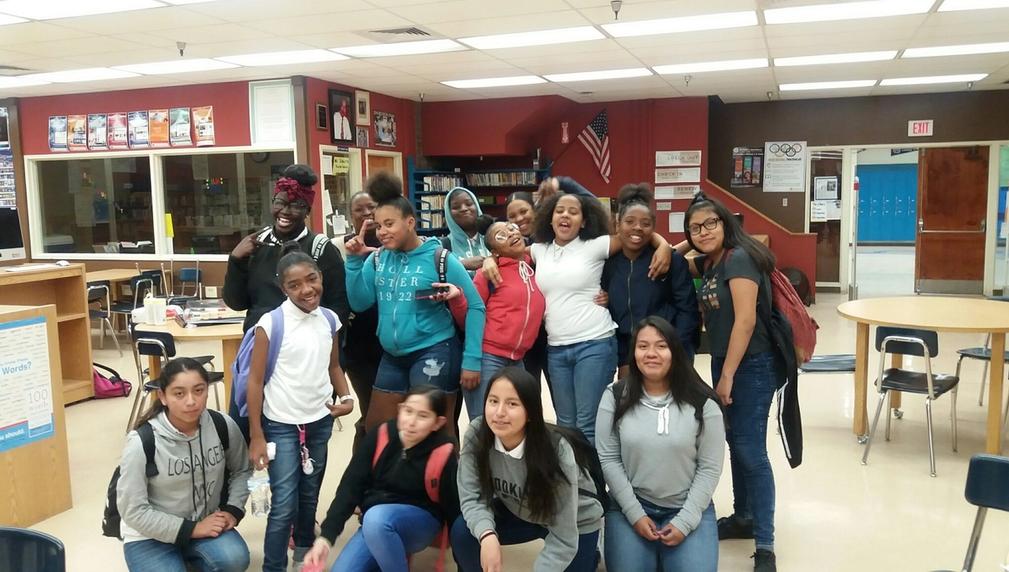Foster Youth Futures: Leadership, Literacy & Life Skills
The Bessie Morris Foundation’s Foster Youth Futures initiative equips systems-impacted youth with AI literacy, leadership training, and access to green and blue career pathways. Delivered after school at LAUSD’s Johnnie Cochran School, the 12-week program blends trauma-informed mentorship, life skills, and career development—preparing foster youth to thrive in the workforce of tomorrow.

What is the primary issue area that your application will impact?
Support for foster and systems-impacted youth
In which areas of Los Angeles will you be directly working?
South LA
In what stage of innovation is this project, program, or initiative?
Expand existing project, program, or initiative (expanding and continuing ongoing, successful work)
What is your understanding of the issue that you are seeking to address?
Over 1,000 youth age out of L.A. County’s foster care system each year. Nearly 1 in 4 report being homeless by age 23. Black girls are disproportionately impacted, facing barriers in housing, education, mental health, and career access. Many lack digital literacy and exposure to future-focused careers like AI and clean energy. Youth aging out are also at high risk for sex trafficking, especially when disconnected from stable housing or mentorship. With only ~500 housing slots available annually, most traditional aged youth face a steep drop-off in support. Without trauma-informed, culturally grounded programs, these youth remain underserved, unseen, and vulnerable.
Describe the project, program, or initiative this grant will support to address the issue.
The Foster Youth Futures program is a 12-week after-school initiative hosted at Johnnie Cochran Middle School in South LA. It expands Bessie Morris Foundation’s proven youth development framework to include AI awareness and career exploration in green and blue economy sectors. Participants receive trauma-informed mentorship, financial literacy, leadership training, digital skills—including hands-on AI workshops—and exposure to environmental justice careers through guest speakers and field activities.
Each student creates a capstone project, such as a digital resume, business pitch, or AI-generated sustainability campaign. Weekly sessions are led by trained facilitators, many of whom have lived experience with foster care or system involvement. The curriculum is culturally relevant, community-centered, and designed to increase post-program confidence, connection, and career clarity. Youth also receive support, including transportation assistance, meals, and resource navigation.
Describe how Los Angeles County will be different if your work is successful.
If successful, Foster Youth Futures will transform how LA prepares foster and systems-impacted youth for adulthood. We will demonstrate that these young people—when given support, skills, and opportunity—can become innovators, community leaders, and contributors to LA’s green economy. Over 75% of participants will report gains in confidence, tech knowledge, and goal-setting. Within one year, at least 50 youth will complete the program, and a growing alumni network will emerge as a peer-led support system. This model can be replicated across LAUSD sites to bridge equity gaps for foster youth countywide.
Approximately how many people will be impacted by this project, program, or initiative?
Direct Impact: 50
Indirect Impact: 500